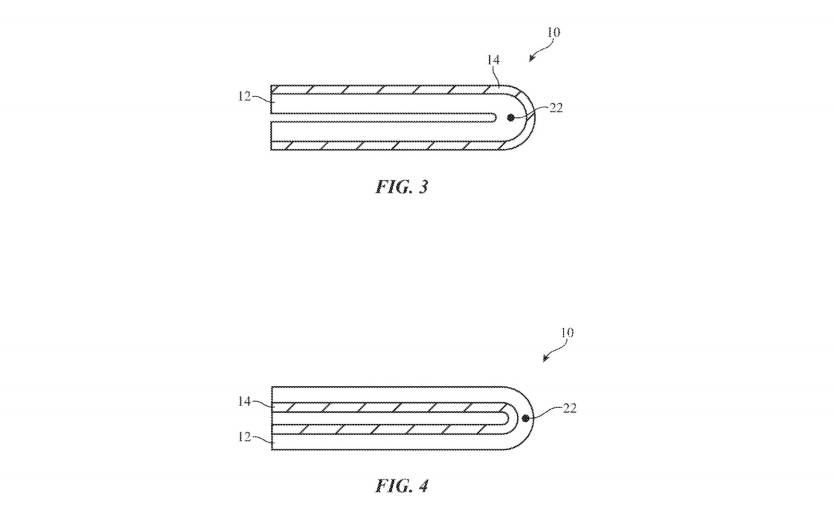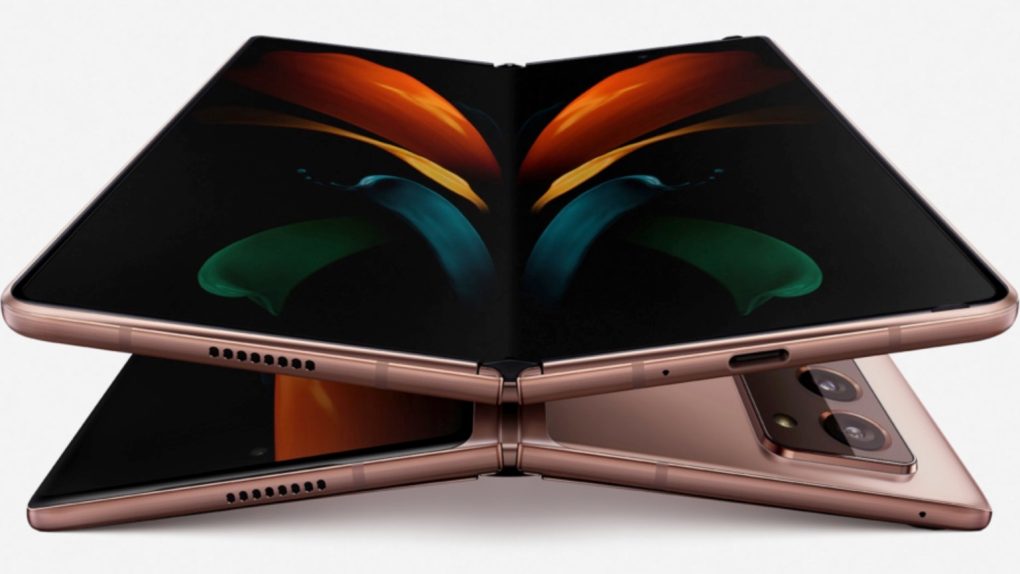- A new discovery reinforces rumors that say Apple is working on a foldable iPhone.
- A patent details technology that would protect the screen from scratches and other accidental damage.
- Apple is working on a self-healing material that would allow the iPhone to repair itself.
When Samsung sent out the first Galaxy Fold units to reviewers, the company probably didn’t expect it would have to cancel the phone’s launch and go back to the drawing board to fix its design. But that’s precisely what happened in April 2019. Early users found flaws with the display and hinge that led to the same unwanted side-effect: Screen failure. The phone launched five months later, but the plastic screen was still a matter of concern, as it could be scratched and punctured with ease. The second-gen Samsung foldable devices have alleviated some of those concerns. The Z Flip and Z Fold 2 both feature Ultra Thin Glass displays. But the glass layer is so thin that it can break. And it’s not suitable for stylus use.
Samsung may be the leading contender in the foldable smartphone race, but it’s not the only player. Apple has been far quieter compared to others, but we’ve seen plenty of signs that point to a future foldable iPhone. Just recently, reports said that Apple ordered foldable displays from Samsung, while a leaker claimed to have details about a foldable iPhone prototype. The most recent evidence comes in the form of a newly surfaced document that proposes an interesting solution to prevent damage to foldable displays: Self-healing screens.
The patent application was filed in late January, but was published this Thursday on the USPTO website (via 9to5Mac). Apple often files patents for innovations that might be used in future products. Still, there’s no guarantee the self-healing display tech proposed in the document will make it to future iPhones.

But the imagery and the language make it clear the technology would benefit foldable screens:
An electronic device may have a hinge that allows the device to be flexed about a bend axis. A display may span the bend axis. To facilitate bending about the bend axis without damage, the display may include a display cover layer with a flexible portion. The flexible portion of the display cover layer may be interposed between first and second rigid portions of the display cover layer in one example.
That’s where the self-healing powers of the screen would come in handy:
During operation of an electronic device, the display cover layer for the electronic device may be scratched or dented. To improve the aesthetics of the electronic device, it may be desirable for the presence of scratches and dents to be minimized. To help mitigate the number of dents, scratches, or other imperfections in a display cover layer, the display cover layer may include a layer of self-healing material.
Apple explains the self-healing material might be placed across the entire surface of the screen, or just in the flexible area of the hinge, seemingly covering all the potential use scenarios.

The company also explains how the self-healing procedure might happen:
Self-healing may occur in the layer of self-healing material without prompting (e.g., when the self-healing coating is dented, the material of the coating may fill the dent even without external intervention). Alternatively, the self-healing may be initiated or expedited by externally applied heat, light, electric current, or other type of external stimulus.
Apple proposes using heat for the self-healing process, with transparent conductors that would form a heating layer in the display cover layer.
The images indicate the foldable screen could sit at the exterior of the phone (Mate X-style) or the interior (like the Galaxy Folds). Apple says the display cover may be formed of plastic, glass, or other transparent material. In other words, Apple is making sure it covers all possible use cases for a foldable display.
It’s unclear when or if Apple will release a foldable iPhone. But it sure looks like Apple will spend more time than Samsung did on making sure the most important component of the gadget will be taken care of.








